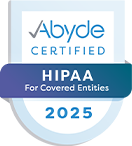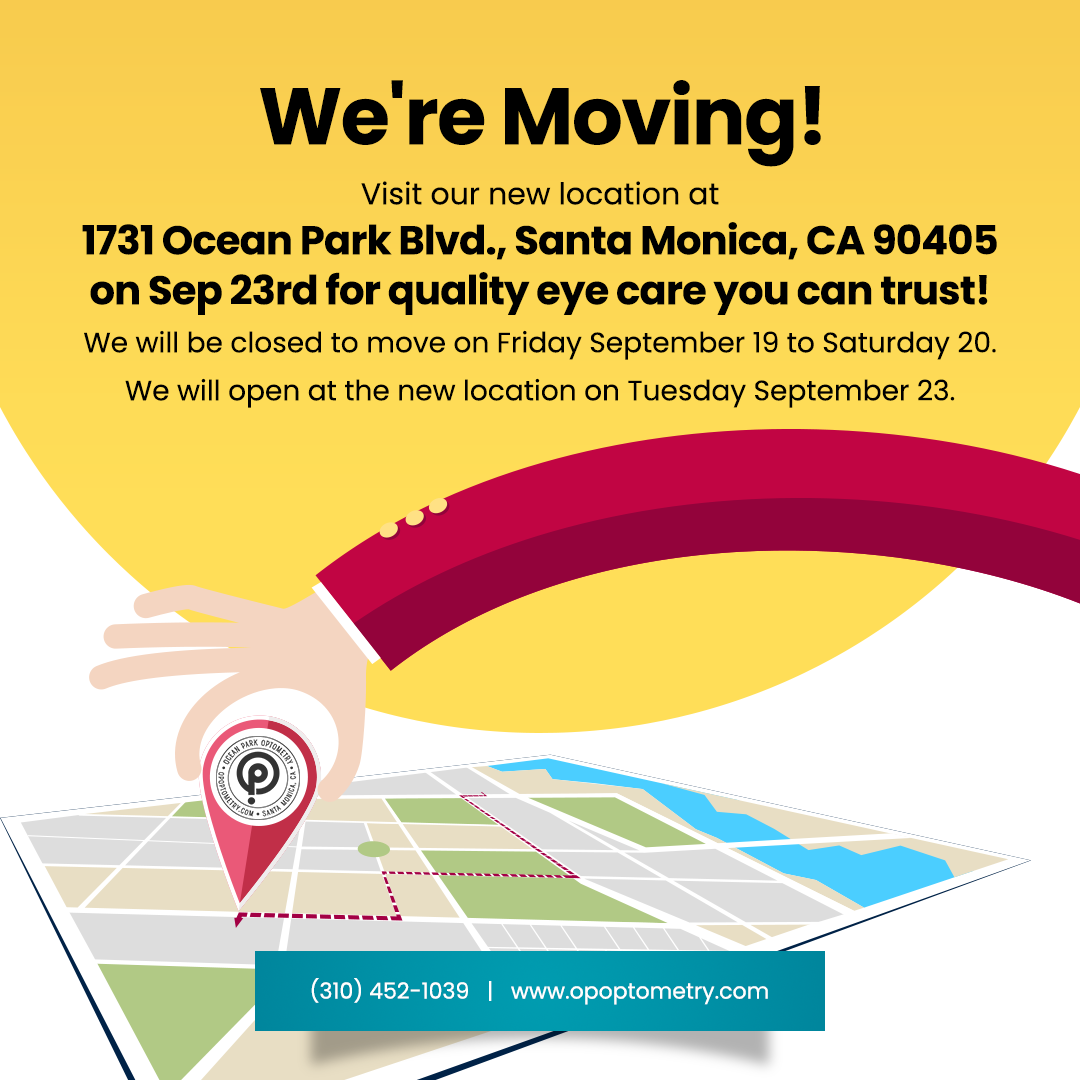At Ocean Park Optometry, your vision is our primary concern. We offer vision correction for eye diseases and disorders which prevent you from enjoying the world around you. We specialize in treatment of eye diseases such as macular degeneration, low vision, and cataracts. We also can effectively correct vision conditions, such as myopia (near-sightedness), hyperopia (far-sightedness), and presbyopia.
Our vision correction services aren't just about clear vision - they're about healthier vision. That's why we offer a variety of treatment options, including glasses, contact lenses, laser vision, and vision therapy.
We are happy to provide you with some basic information about various vision correction options that are available. For more information, please call or email our office.
Child Vision and Learning
Did you know that 80% of everything a child learns, understands, and remembers is acquired through his or her visual system? Vision is very important in the learning process. What's worse is that one in four children have undiagnosed vision problems that affect their learning. Sometimes the problem is misdiagnosed as ADD (attention deficit disorder), ADHD (attention deficit hyperactivity disorder), or dyslexia.
It is important that children receive comprehensive visual exams starting as early in life as possible. Vision screenings at school are not sufficient as a basis for diagnosing vision problems. A comprehensive exam may find a visual problem missed during screenings, and your eye doctor can recommend treatment.
Your child may suffer from a visual problem if they exhibit any of the following characteristics:
struggles with reading
grows tired or frustrated with reading
can't sit still or stay at a task for any length of time
reverses words, numbers, or letters
has difficulty remembering the spelling of words
frequently loses their place, skips words, or skips lines of text while reading
has poor reading comprehension
has shown no improvement from medication or tutoring
Children suffering from uncorrected vision problems may face many barriers in life - socially, academically, and athletically. Make sure your child's vision is developing well.
Low Vision
Low vision is a vision condition caused by several eye diseases, including cataracts, macular degeneration, and diabetic retinopathy. Few people today are totally without sight. Most have some sight, and suffer from low vision. Low vision can come in many forms, including loss of central vision, loss of side vision, blurred vision, generalized haze, extreme sensitivity to light, and night blindness.
Low vision should only be treated by trained optometrists who specialize in low vision. Low vision often requires different therapeutic treatments than other vision conditions. Optometrists who specialize in low vision can examine the patient and recommend treatment which may include therapy and/or low vision devices.
Refractive Procedures
What are Refractive Procedures?
Refractive procedures manipulate the eye to improve vision. Though there are several types of refractive procedures, the most popular is known as LASIK (laser assisted in situ keratomileusis). LASIK involves reshaping the cornea using incisions and lasers. An incision creates a flap which is folded back. Lasers are then used to reshape the middle layer of the cornea and correct the vision. The flap is folded back and allowed to heal, resulting in much clearer vision.
Is LASIK For Me?
Not everyone should consider a LASIK procedure. Candidates should be over 18 years of age. If you are pregnant, nursing, or suffering from a number of diseases, you probably are not eligible for LASIK. You are also not eligible if your prescription has changed a great deal over the past year. Talk to your eye doctor about LASIK. They will be able to assess your eligibility, the risks you may encounter, and they can recommend how to move forward.
Is the Procedure Safe?
In rare cases, there have been complications that have arisen after the procedure, including droopy eyelids, constant discomfort or the inability to wear contact lenses. In even rarer cases, there have been complications during the procedure. However, as technology improves, there will likely be a decrease in these instances.
Sports Vision
"Keep your eye on the ball!" "Focus on the finish line!" "Don't lose sight of the green!" If there's one thing that seems to be a key to success in sports, it's vision. But did you know you can improve your performance by improving some aspects of your vision? It's easy to recognize problems, and even easier to solve them. The following are some aspects of vision which can be the difference between victory and defeat, and some exercises to improve performance.
Dynamic visual acuity is your ability to see objects when they are moving fast. This is important in sports like hockey, racquetball, and tennis. To improve dynamic visual acuity, cut out letters, stick them to a record turntable, and try to identify the letters at different speeds.
Visual concentration is your ability to ignore distractions happening around you. Your eyes naturally react to movement in the field of vision from spectators, other participants or the playing environment. To improve your visual concentration, have a friend stand nearby and wave their hands erratically while you practice.
Eye tracking is following an object with your eyes without much head motion. It is important with any sport that involves a fast-moving ball. Good eye tracking will improve balance and reaction time. You can improve your eye tracking by watching the flight of a ball while keeping a book balanced on your head.
Eye-hand-body coordination is how your muscles and limbs react to the information gathered by your eyes. It affects timing and body control. To improve your eye-hand-body coordination, jump up and down on an old mattress while a friend tosses you a tennis ball from a variety of angles. Catch the ball and toss it back.
Visual memory is the ability to process and remember a fast moving, complex picture of people and things. It is very important in basketball, hockey, and soccer, where the game quickly moves up the field. Visual memory helps you know where your teammates and opponents are positioned. To improve visual memory, look at a magazine page for a second, then turn the page. Try to reconstruct the images you just saw. When youÂ’ve mastered the exercise, allow 5 seconds between seeing the image and reconstructing it.
Peripheral vision is the ability to see what is not directly in front of you, out of the corner of your eye. This allows you to see your teammate to your left or right while focusing on the goal in front of you. To make your peripheral vision more useful, try watching television with your head turned to one side or the other.
Visual reaction time is what allows a batter to hit the ball, or a tennis player to return a serve. It is the speed with which your brain interprets and reacts. To improve your visual reaction time, stand with your back to a friend. Have them toss a ball to you and yell, "Now!" When you hear the yell, turn around and try to catch the ball. By repeating this exercise, you can teach your brain to react more quickly.
Focus flexibility allows a quarterback to quickly focus on his receivers even though they are at varying distances. To improve focus flexibility, post a magazine page on a wall about 15 feet away at eye level in front of you. Hold a similar page in your hand out in front of you, so that it is slightly to one side of your view of the page on the wall. Focus on an object or words on the page on the wall. Then quickly switch focus to the page in your hand. By switching focus back and forth, you will improve your focus flexibility.
Depth perception lets you judge distance. This is especially important in basketball, golf, and other sports involving distance to the goal. To improve depth perception, have a friend point a straw at you, parallel to the ground, with the straw about two feet away from you. Practice quickly inserting a toothpick into the straw.
By improving aspects of your vision, you can improve your performance, no matter what sport you're involved in.













